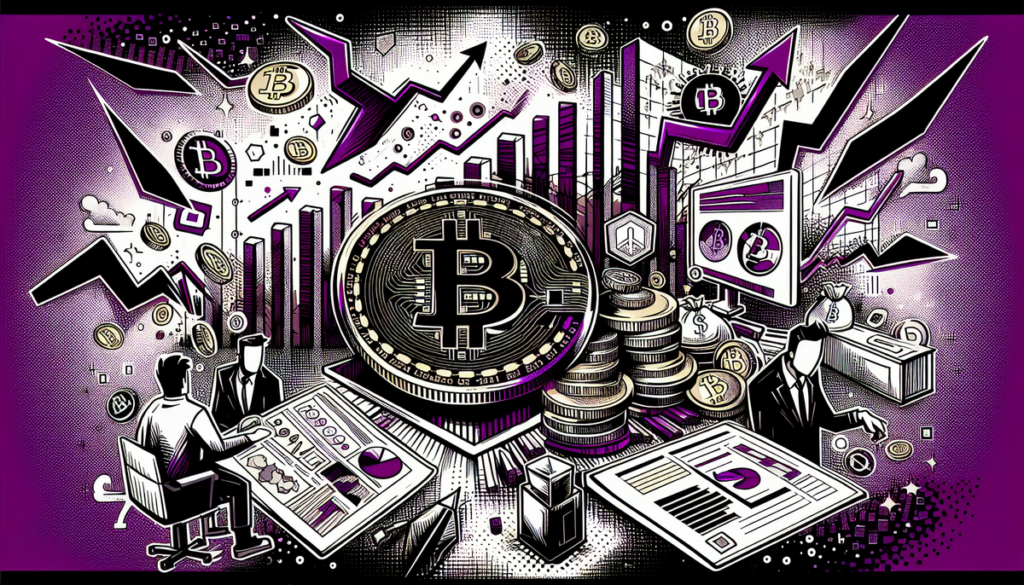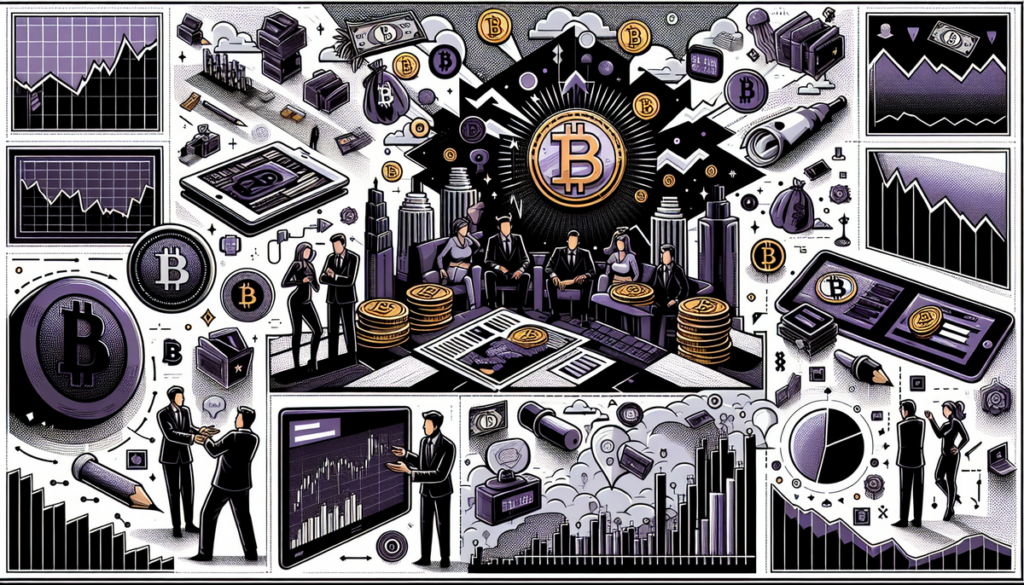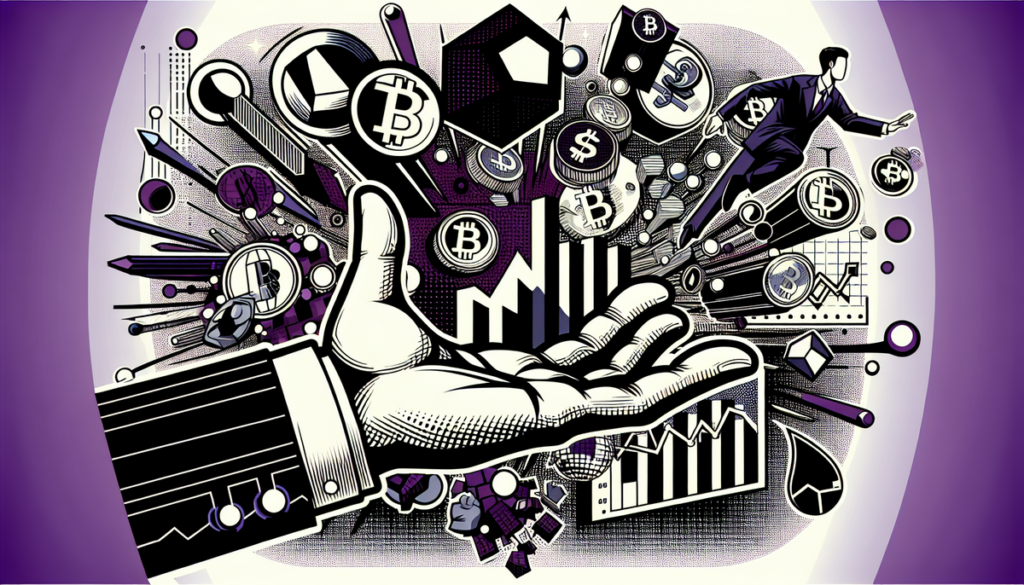Bitcoin Price and Crypto News Today: Blockchain, NFTs, and Web3 Updates

The cryptocurrency market remains a dynamic space that constantly evolves, bringing exciting changes, challenges, and opportunities. Today, we’ll delve into the latest Bitcoin price movements, discuss significant updates in blockchain technology, explore the world of NFTs, and identify emerging trends in Web3. Get ready to stay informed and ahead in this fast-paced financial landscape.
Table of Contents
- Bitcoin Price Update
- Key Trends in Blockchain Technology
- NFTs: The Evolution of Digital Assets
- Web3 and the Future of the Internet
- What to Expect in Crypto
Bitcoin Price Update
Bitcoin, the flagship cryptocurrency, continues to display its resilience amidst fluctuating market conditions. As of today, Bitcoin’s price stands at [Insert Most Recent Value Here]. The market remains keenly aware of macroeconomic factors such as inflation and Federal Reserve policies, which influence both the crypto and traditional stock markets.
In recent weeks, Bitcoin has exhibited signs of consolidation, with its price moving within narrow ranges. Experts suggest this phase could precede a significant breakout, either to new highs or a potential retracement. Traders and investors are advised to monitor key levels of support and resistance to make informed trading decisions.
Factors Driving Bitcoin’s Price
- Global economic uncertainty continues to push investors toward Bitcoin as a hedge against inflation.
- Increased institutional interest is evident from major companies integrating cryptos into their portfolios.
- Regulatory developments, both positive and negative, play a critical role in dictating market sentiment.
Key Trends in Blockchain Technology
Blockchain technology remains at the core of the crypto ecosystem, driving innovation across multiple industries. Beyond cryptocurrency, blockchain use cases are expanding into healthcare, supply chain management, finance, and even entertainment. Let’s take a closer look at the trends reshaping the blockchain landscape.
1. Layer 2 Scaling Solutions
Ethereum’s ongoing scalability issues have led to the rise of Layer 2 solutions like Polygon (formerly Matic) and Arbitrum. These solutions aim to enhance transaction speeds and reduce costs, making blockchain more accessible for everyday use.
2. Interoperability Gains Traction
Interoperability between different blockchains is becoming increasingly crucial. Platforms like Polkadot and Cosmos are pioneering solutions that allow seamless communication and asset transfers between blockchains, paving the way for a more interconnected digital ecosystem.
3. Tokenization of Real-World Assets
From fractional ownership of real estate to tokenized artwork, blockchain technology is democratizing asset ownership. Tokenization allows individuals to participate in investments that were once limited to high-net-worth individuals.
NFTs: The Evolution of Digital Assets
Non-fungible tokens (NFTs) are more than just digital collectibles—they’re transforming industries by enabling true ownership of digital assets. The NFT market, while experiencing periods of volatility, continues to gain traction among artists, developers, and brands.
Current Trends in NFTs
- Gaming and Metaverse Integration: Projects like Axie Infinity and Decentraland are integrating NFTs for in-game assets and virtual real estate.
- Phygital NFTs: Combining physical and digital ownership is a growing trend, with fashion and apparel brands leading the charge.
- Utility Beyond Art: NFTs are being used for ticketing, membership passes, and even decentralized identity management.
Challenges and Opportunities
While NFTs offer immense potential, challenges such as high transaction fees, copyright issues, and market saturation remain. However, with ongoing innovation and blockchain advancements, these obstacles are expected to diminish over time.
Web3 and the Future of the Internet
Web3 represents a paradigm shift in how we interact with the internet, emphasizing decentralization, user privacy, and ownership. Unlike Web2, which is dominated by centralized platforms, Web3 envisions a more equitable digital future.
Key Components of Web3
- Decentralized Applications (dApps): Autonomous applications running on blockchain networks without central authorities.
- Decentralized Finance (DeFi): Financial services without traditional intermediaries like banks.
- Self-Sovereign Identity: Empowering users to control their personal data and online identities.
Industries Leading the Web3 Transition
From social media platforms like Lens Protocol to decentralized cloud storage solutions like Filecoin, Web3 advancements are disrupting traditional business models. Investors and developers are eyeing these projects as the next frontier of growth in the crypto sector.
What to Expect in Crypto
As the crypto market matures, participants can expect increased regulation, wider adoption, and continued expansion of blockchain utilities. Key developments to watch include:
- Countries unveiling central bank digital currencies (CBDCs).
- Further integration of crypto assets into traditional financial portfolios.
- Proliferation of Web3 startups and decentralized governance models.
For in-depth analyses and breaking news about the crypto and blockchain space, stay tuned to MetaCandle, your trusted source for financial freedom and crypto insights.
Are you ready to seize the opportunities in this fast-paced industry? Let us know your thoughts and strategies in the comments below. Together, we can navigate the exciting world of crypto, blockchain, and Web3 innovations.







Responses